A common practice for many industries in Egypt is to dump waste into the sea, destroying aquatic biodiversity.
The Nile, Egypt’s major source of water for approximately 97% of its irrigation and its drinking water, is heavily polluted by industrial waste including discharge of hydrocarbons, agricultural waste, chemicals, etc.
Despite its historical importance, around 150 million tons of industrial waste are dumped into the Nile every year, according to the country’s Environmental Affairs Agency.
Already around 7% of Egyptians lack access to clean drinking water and over eight million go without proper sanitation.
To tackle this growing threat to the nation’s source of water, the Egyptian government has launched a national monitoring network for industrial waste.
The agency is tasked with observing the level of waste discharged by each company into the water, allowing Egyptian authorities to detect cases of violations more quickly and to take the necessary legal measures.
The network was set up by the Egyptian Environmental Affairs Agency (EEAA), in accordance with Article 58 of Environmental Law No. 4 of 1994, as amended by Prime Minister’s Decision No. 1963 of 2017 to control industries that pollute aquatic ecosystems.
Yasmine Fouad, Egypt’s Minister of Environment, said, “In annex 1a of this regulation, all establishments which discharge their waste into the environment must install sensors connected to the national continuous monitoring network of the environmental system to ensure continuous monitoring.”
“This network controls industrial pollution from Lake Mariout (Nile Delta Lagoon), near Alexandria in Egypt. It is linked to the database of the Egyptian Ministry of the Environment and is subject to real-time and continuous monitoring and follow-up.”
According to Fouad, the Egyptian Sphinx Company for Oils and Detergents is the first company to join the new national network with other companies making arrangements to join the network, including Al-Amriya Petroleum Company and Sidi Kerir Petrochemicals Company (Sidpec).
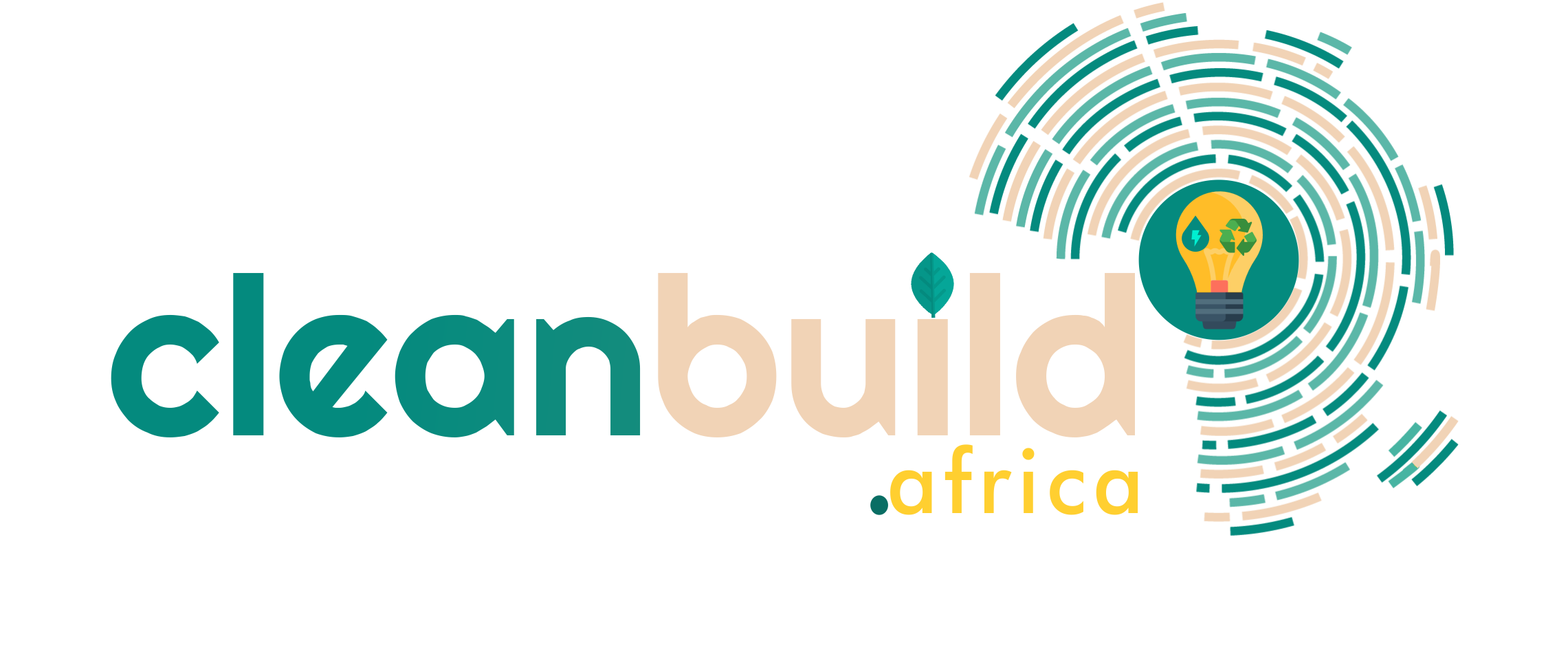

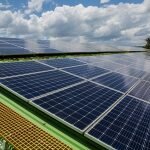
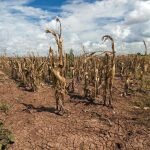

![MIT opens Solv[ED] Youth Innovation Challenge for young people ($200,000) Solv[ED] Youth Innovation Challenge - cleanbuild](/wp-content/uploads/2021/09/SolvED-Youth-Innovation-Challenge-150x150.jpg)

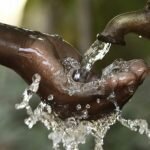



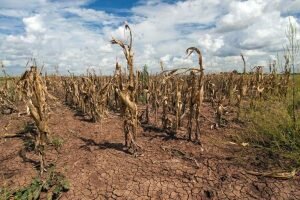






![MIT opens Solv[ED] Youth Innovation Challenge for young people ($200,000) Solv[ED] Youth Innovation Challenge - cleanbuild](/wp-content/uploads/2021/09/SolvED-Youth-Innovation-Challenge-74x55.jpg)

